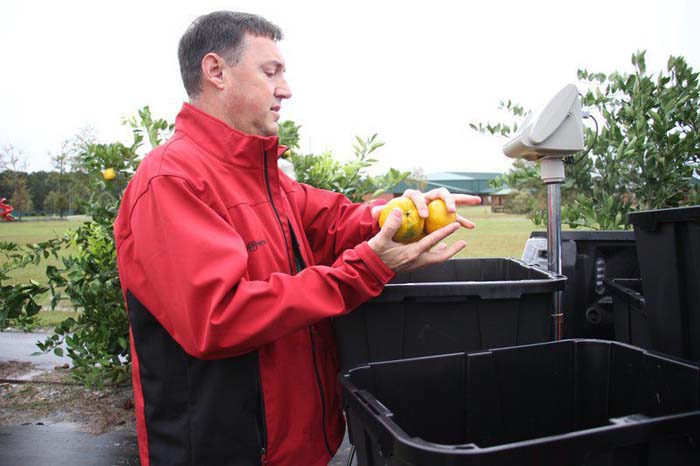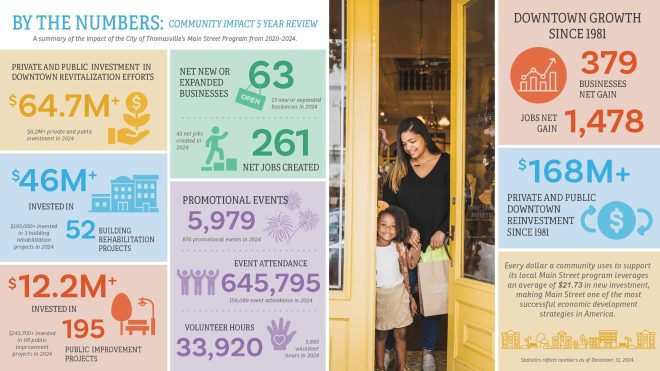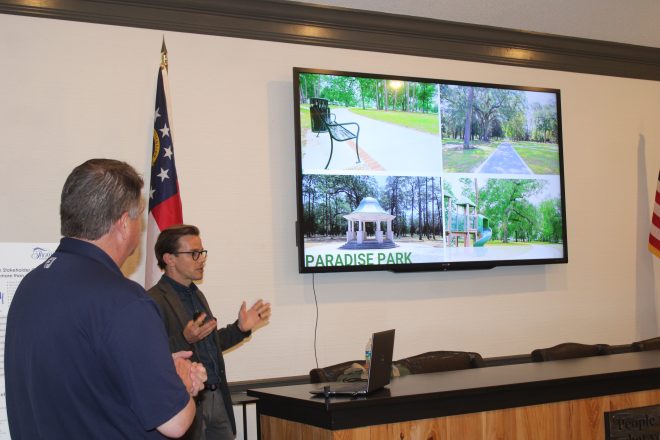Satsumas in the Sun: City school gardens used for UGA research
Published 3:00 pm Monday, November 26, 2018

- Katelyn Umholtz | The Valdosta Daily TimesJake Price loads satsumas, grown at J.L. Lomax Elementary School, into bins to collect data for the University of Georgia Extension program.
VALDOSTA — With the help of the University of Georgia, Valdosta City Schools is bringing a bushel of satsumas to children’s lunchrooms.
It was time for the fruit to come down from its rootstocks Nov. 15, when a small handful of master gardeners with the UGA Extension Service picked the mandarin-like fruit for data.
Trending
With 10 different root systems replicated six times, gardeners are testing the quality of the fruit and its cold tolerance on the J.L. Lomax Elementary School campus.
“This is a rootstock trial,” said Jake Price, UGA county extension coordinator for the southwest district. “If we take this data, some of this rootstock may produce more fruit than others. So they can choose these rootstocks that perform best out here.”
Because the school system is letting the researchers use J.L. Lomax, and other campuses for data collection, VCS students benefit from trying the fruits and vegetables grown right outside their classrooms.
“We’re feeding the students fruit grown right here at their school,” Price said. “They also get to see how it’s grown. In my experience, if kids see something growing, they’re more likely to eat it or at least try it.”
Annie Barbas, a master gardener who was out helping collect the fruit, is also an employee of the school system.
She drove buckets full of satsumas to Horne Learning Center, where they have sat in coolers until after Thanksgiving break when the students get back and are able to try the fresh fruit.
Trending
Because there will be plenty more satsumas to pick, she said some of the Valdosta Middle School science, technology, engineering and mathematics students will be able to participate in the research.
“We’re going to bring the STEM students out to finish harvesting, and that will give them an idea of what a research project is and how long it takes and how patient you have to be,” Barbas said.
There’s also the potential this crop of satsumas could attract some business, Barbas said.
Because of Florida’s bad luck with its citrus crops this year, the satsumas may be some of the only successful citrus crops around.
“There are commercial entities that are coming up here and setting up packing houses in anticipation that this is going to work because Florida doesn’t have the option because of citrus greening, which ate up their citrus crop by almost 80 percent,” Barbas said.
Barbas said it could take 10 years for the UGA extension service to get a scientific read on the crops, but for now, the satsumas are safe to eat as a snack or make into a juice.
Katelyn Umholtz is a reporter with the Valdosta Daily Times. She can be contacted at (229)244-3400 ext. 1256.





